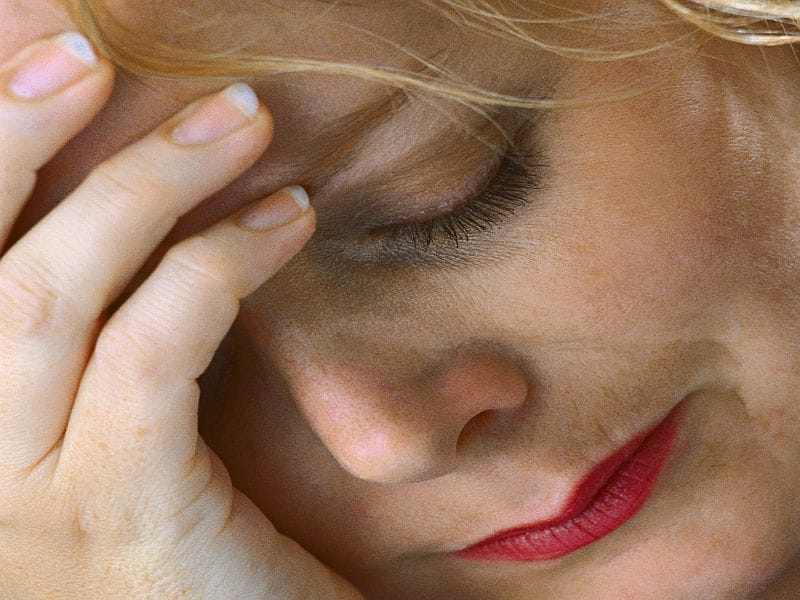Women are more likely to receive any mental health treatment, as are children aged 12 to 17 years
WEDNESDAY, Sept. 23, 2020 (HealthDay News) — Women are more likely to experience anxiety and depression, and women and older children are more likely to receive mental health treatment, according to new statistics from four data briefs published by the U.S. Centers for Disease Control and Prevention National Center for Health Statistics.
Emily P. Terlizzi, M.P.H., and Maria A. Villarroel, Ph.D., from the National Center for Health Statistics in Hyattsville, Maryland, examined the percentage of adults with symptoms of anxiety using data from the National Health Interview Survey. The researchers found that 9.5, 3.4, and 2.7 percent of adults experienced mild, moderate, or severe symptoms of anxiety, respectively, in the previous two weeks during 2019. The percentage of those experiencing symptoms was highest for those aged 18 to 29 years; women were more likely than men to experience symptoms. In a second study, Villarroel and Terlizzi found that 2.8, 4.2, and 11.5 percent of adults experienced severe, moderate, and mild symptoms of depression, respectively, in the previous two weeks in 2019. The percentage experiencing symptoms was highest for adults aged 18 to 29 years; women were more likely to experience symptoms than men.
Terlizzi and Benjamin Zablotsky, Ph.D., also from the from the National Center for Health Statistics, examined mental health treatment among adults in the United States in 2019. The researchers found that in the previous 12 months, 19.2 percent of adults had received any mental health treatment, including 15.8 and 9.5 percent who had taken prescription medications and had received counseling or therapy, respectively. The likelihood of receiving treatment was increased for women versus men. In a fourth study, Zablotsky and Terlizzi found that children aged 12 to 17 years were more likely to have received any mental health treatment than those aged 5 to 11 years in the previous 12 months (16.8 versus 10.8 percent). Boys were more likely than girls to have taken medication for their mental health (9.8 versus 7.0 percent).
“The percentage of children who had taken medication for their mental health increased as the level of urbanization decreased, although the receipt of therapy and counseling did not differ by urbanization level,” Zablotsky and Terlizzi write.
Abstract/Full Text – Terlizzi and Villarroel
Abstract/Full Text – Villarroel and Terlizzi
Abstract/Full Text – Terlizzi and Zablotsky
Abstract/Full Text – Zablotsky and Terlizzi
Copyright © 2020 HealthDay. All rights reserved.








